3dprinting
Latest

Researchers treat ear defect by growing implants from cells
While scientists have been working on growing organs and body parts like ears for some time, researchers in China have taken it one important step further. They've grown new ears for five children with microtia -- an ear defect that results in small, underdeveloped ears and often affects hearing -- grafted them onto the children and continued to observe the development for over two years. The work is important because it's the first study of its kind and shows that these sorts of methods stand to be a viable option going forward.

MIT's ColorFab can 3D print jewelry that changes colors
3D printing can already turn your amazing ideas into tangible objects, but a new technique out of MIT CSAIL could lead to even better results. The method, called ColorFab, gives you the ability to create objects that can change colors after you print them out. You can use it, for instance, to create a phone case or a pair of earrings that matches your red dress today and will also match your blue pantsuit tomorrow. ColorFab's magic lies in the CSAIL team's custom-made ink, which has base dyes and light-adaptable or "photochromic" dyes. The light-adaptable dyes bring out the color in the base dyes when exposed to UV light. Under visible light, the colors disappear, and the ink turns transparent.
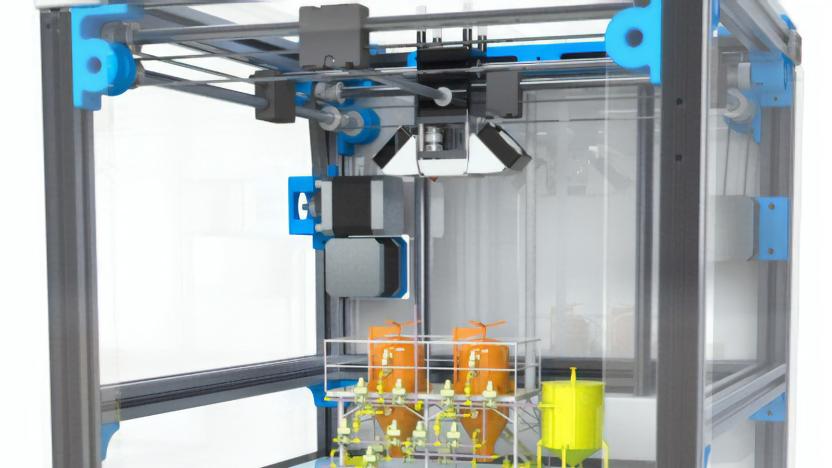
3D printers could let you produce your own drugs
You might imagine that drug production only happens at gigantic pharma corporations with millions of dollars worth of equipment. However, researchers at the University of Glasgow have unveiled a new process of building "reactionware," or small reactors that can produce drugs, using a $2,000 off-the-shelf 3D printer, Science reports. The new process makes it possible for anyone to fabricate drugs, allowing doctors in developing nations to quickly produce medicines to curtail outbreaks, or even let you produce your own ibuprofen at home.

Adidas will keep the Futurecraft 4D hype rolling in 2018
Despite tons of hype, 3D-printed sneakers are still hard to find. While we know that Adidas plans to produce more than 100,000 pairs of its Futurecraft 4D kicks by the end of this year, the leakers at Yeezy Mafia indicate they will remain an extremely limited item for now. Recent posts have shown off some samples including a white/ash green pair due for friends and family only, and the blue-tint pair above, which is a collaboration with Taiwanese shop Invincible. That should arrive in March at Consortium stores (the ones that usually have its hard-to-get releases) for $400. Still, 2018 is "the year of 4D" and its Digital Light Printing process so keep an eye on those apps.

'Astrocyte' explores how architecture can interact with humans
Philip Beesley's Astrocyte aims to show that architecture can be more than just ornamental. Built from acrylic, mylar, sensors, custom glasswork, 3D-printed lights and using AI, chemistry and a responsive soundscape, it not only invokes emotional reactions but reacts to participants' movements and gestures. The giant, delicate-looking structure (inspired by astrocyte nerve cells), also prompts unusually respectful interactions from human observers.
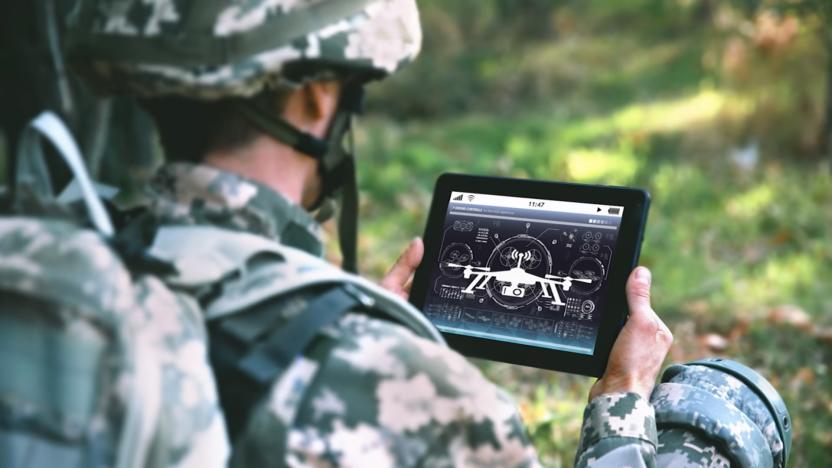
US Military tests system for on-demand 3D-printed drones
The US military has used drones in combat zones for over a decade to scout and support infantry. Now they're testing a way to give ground troops another edge: The capability to build UAVs themselves. What's more, the US Army is partnering with the Marine Corps on a test project that lets troops 3D-print particular drone parts from a tablet-based catalog, which could eventually lead to manufacturing UAVs customized to the mission.

MIT researchers made a living ink that responds to its surroundings
Researchers at MIT have developed a 3D printable hydrogel that can sense and respond to stimuli. The hydrogel is loaded with bacteria that can be genetically programmed to light-up when they come in contact with certain chemicals and, therefore, could be used as living sensors.
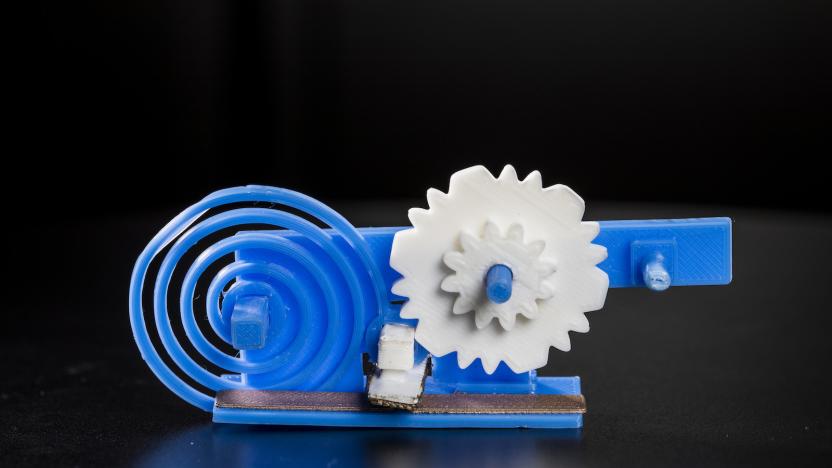
Researchers 3D-print WiFi-connected objects that don't need power
Researchers at the University of Washington have developed a way for 3D-printed plastic objects to transmit information via WiFi without the help of batteries or electronics. And they show that it can be done with commercially available plastics and WiFi receivers. "Our goal was to create something that just comes out of your 3D printer at home and can send useful information to other devices," Vikram Iyer, a graduate student on the project, said in a statement. "But the big challenge is how do you communicate wirelessly with WiFi using only plastic? That's something that no one has been able to do before."

3D-printed bacteria ink could be used to treat burns
In a new study published today in Science Advances, researchers present a 3D-printable ink that contains bacteria and they say that depending on what species of bacteria it holds, the ink stands to have a number of useful applications. "Printing using bacteria-containing hydrogels has enormous potential, as there is such a wide range of useful bacteria out there," Patrick Rühs, an author of the study, said in a statement.
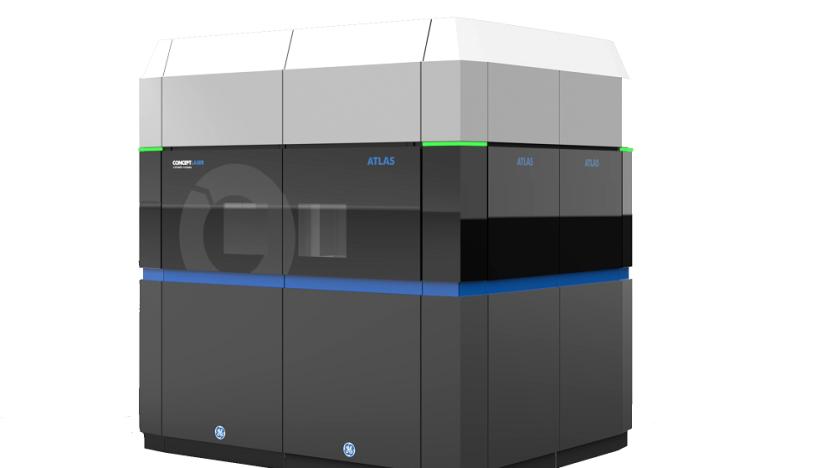
GE’s huge 3D metal printer makes aircraft parts
GE has unveiled its previously-announced 3D metal printer, suitable for making aircraft parts. At the manufacturing trade show formnext in Germany, the GE Additive team revealed the as-yet-unnamed machine, demonstrating its ability to print parts as large as 1 meter in diameter directly from a computer file. Using additive manufacturing technology, the machine fuses together thin layers of metal powder with a 1-kilowatt laser.

Aldi’s latest bargain is a 3D printer
When you think of Aldi, you'll likely picture low-priced fresh fruit and veg, cheap alcohol and metal bins full of "Specialbuys". Each week, it's a lottery on whether there's a special on power tools, slow cookers or bedding. But what about a 3D printer? The budget retailer announced today that it will become the first UK supermarket to stock such a gadget with its £300 Balco 3D Printer.
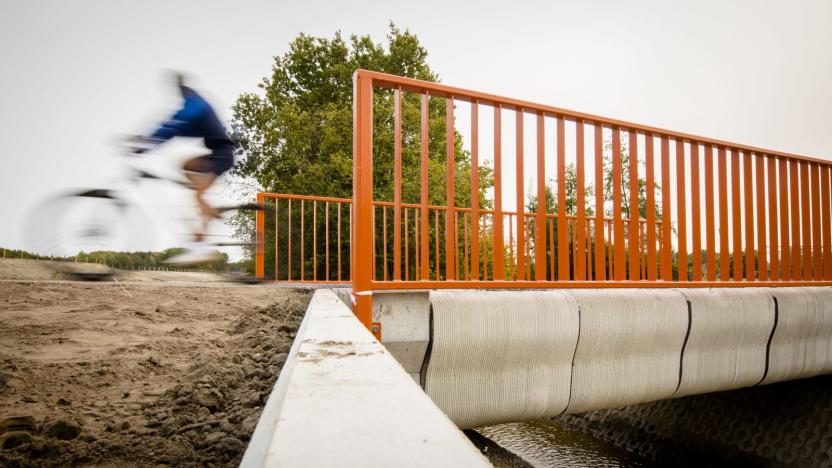
Dutch cyclists can ride over a 3D-printed bridge
A town called Gemert in the Netherlands just became home to the first 3D-printed cycling bridge ever. It took its creators at Eindhoven University three months and 800 layers to complete the 26-foot-long bridge, but now it's open and ready to support hundreds of cyclists a day. The researchers had to develop a new 3D printing technique that uses steel reinforcement cables to create pre-stressed concrete. Once they were done laying out all its layers, they tested the bridge by placing a five-ton weight on top of it. Their efforts paid off: while they'll surely improve the method even more, they believe they're now capable of using the technique to build even bigger structures.

'Hovering' antennas promise speedy 5G phone networks
Wireless networks already have to deal with increasingly crowded waves, and that's only going to get worse when 5G rolls around. Any boost to the signal could lead to a big jump in performance, especially when you're using very high frequencies that are more prone to interference. But how do you provide that boost? Researchers have an idea: 'hover' the antenna. They've developed millimeter wave antenna arrays that are almost entirely separated from the substrate you'd usually mount them on, preventing that substrate from weakening the signal like it does with conventional antennas.

Some brave soul volunteered for a completely robotic dental surgery
A robot just implanted two 3D-printed teeth into a woman's mouth all on its own. The procedure took place recently in China and the researchers who developed it hope it can help the country's dentist shortage problem, reports the South China Morning Post.

How Electroloom's clothes-printing revolution died
What happens to all of those startups that get their five minutes in the spotlight before disappearing into the ether? In the hardnosed world of technology, a thousand such enterprises will fall before a single one becomes even a modest success. This is a story about one of those that didn't make it.
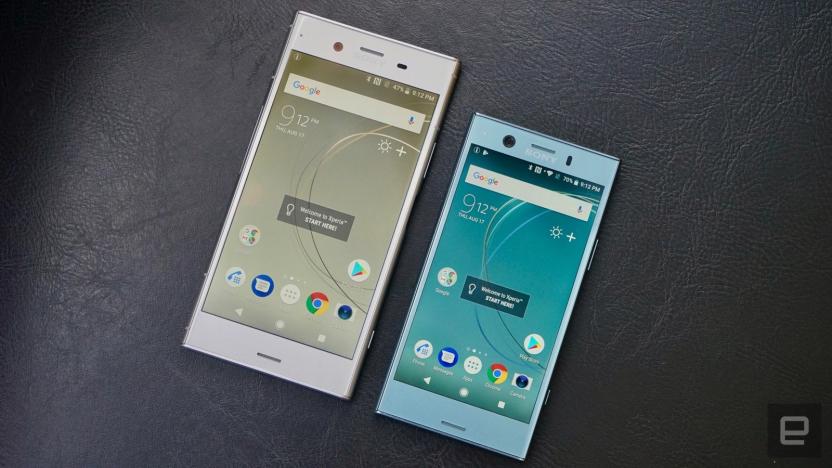
Sony Xperia XZ1's scanner comes with a 3D printing service
When Sony introduced the Xperia XZ1 at IFA, the Japanese tech giant said it was seeking partnerships with 3D printing services to go with its pre-loaded 3D scanning app. Now, Sony and Sculpteo have revealed that they've teamed up to give people the power to 3D print anything anytime they want to, using only the XZ1. You don't need to fire up your computer during any part of the process at all.

Match.com turned its most eligible bachelors into free dolls
Match.com is as synonymous with online dating as Tinder is with casual bonking, but even an established platform needs a good PR push occasionally. In a campaign that would've almost certainly become national news if genders had been reversed, Match.com and PR agency Brands2Life set up a pop-up shop in London's swanky Marylebone area this week, offering free dolls modelled (literally) on the site's most eligible bachelors.
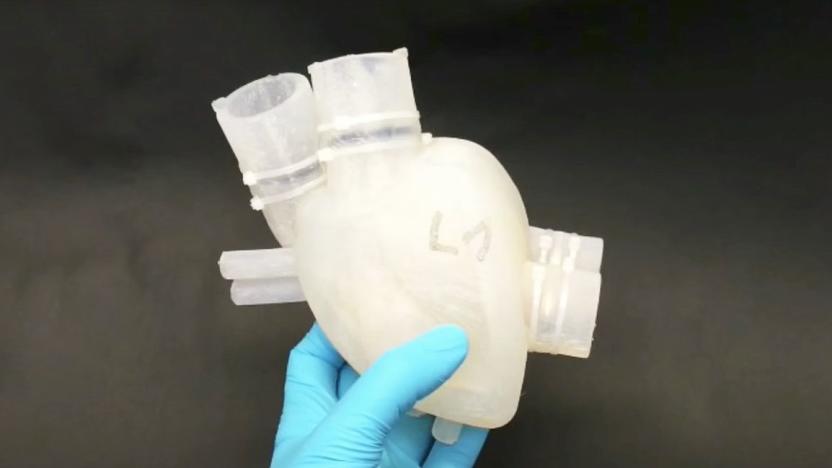
3D-printed silicone heart beats like the real thing
Advanced 3D printing and manufacturing techniques that can produce soft machines could save a lot of lives in the future. They could be used to make not just soft robots for search and rescue, but also temporary organs for people on the transplant waiting list, like the artificial heart created and tested by a team of researchers from ETH Zurich. The researchers have developed a silicone heart that beats like the real organ does using a 3D-printing, lost-wax casting technique.

Researchers are closer to working capillaries in 3D-printed organs
Researchers have brought 3D-printed organ and tissue capabilities a long way, but the technology still faces a few challenges. A major one is how to incorporate blood vessels into bioprinted tissue. Living tissue needs a blood supply nearby because without blood to bring in nutrients and take away waste, biological cells will die. Researchers have been able to print larger blood vessels, but functional small vessels like capillaries have been much harder to create and sustain. However, researchers at Rice University and Baylor College of Medicine have developed a new technique, published in Biomaterials Science, that might make it possible.
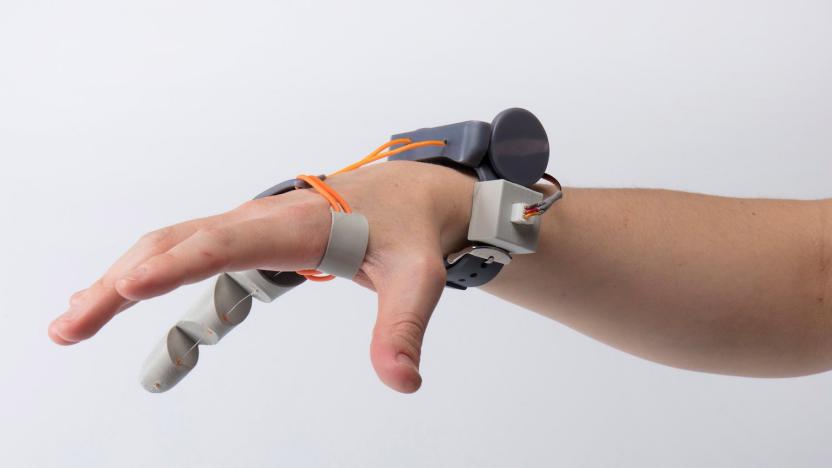
‘The Third Thumb’ is for all the times two just aren’t enough
How many times have you wished for a third hand while trying to carry too many things? Well, you can't have that yet because it's not a thing (at least not an available thing), but maybe you can get yourself another thumb, which is almost as good. Dani Clode, a graduate student at the Royal College of Art in London, created The Third Thumb, a 3D-printed prosthetic that straps onto your hand.









